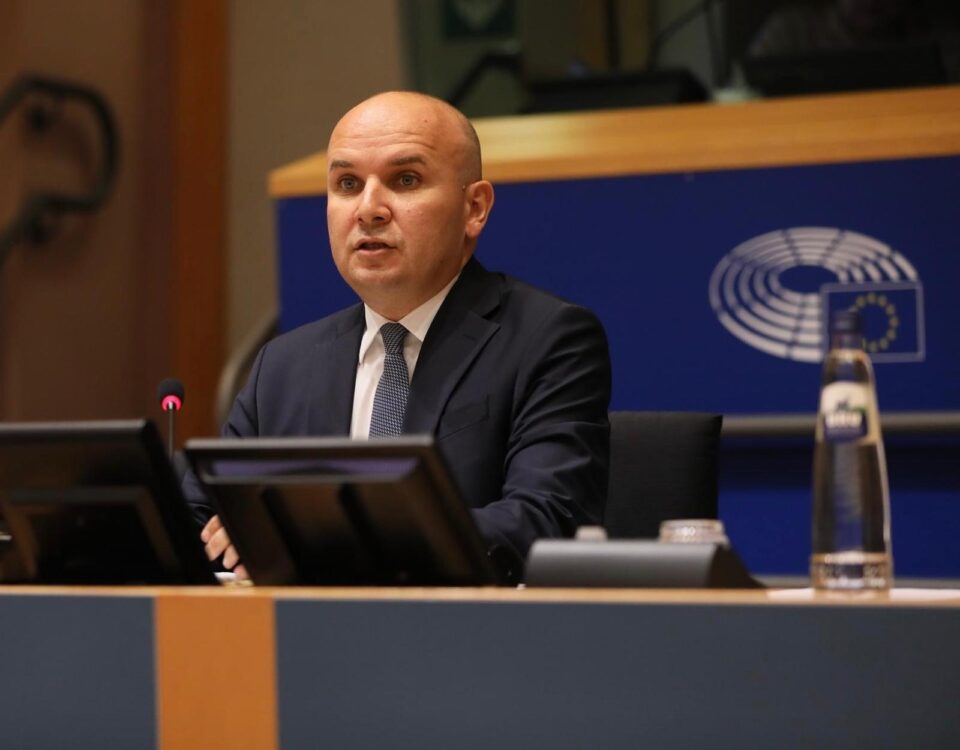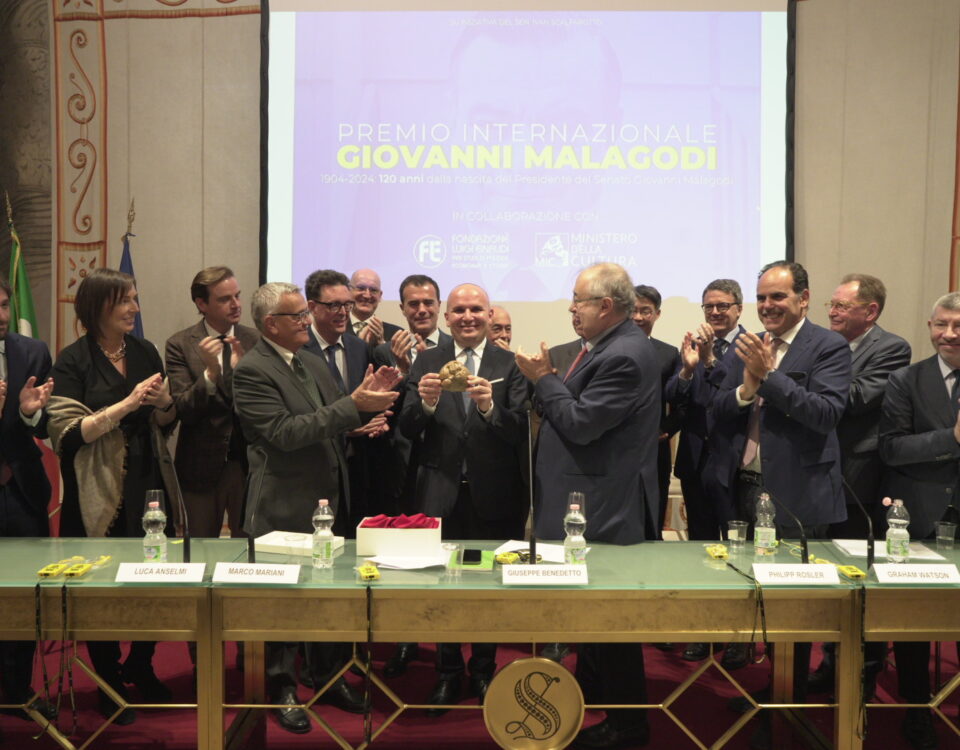
Ilhan Kyuchyuk held a working visit to Albania
July 14, 2018
Upcoming screening of the movie “Radiogram”
August 28, 2018Without a shared EU foreign policy, the notion of halting future migration waves is unrealistic, write Ilhan Kyuchyuk and Samuel Doveri Vesterbye.
Ilhan Kyuchyuk MEP (Bulgaria) is ALDE Vice President and Member of the European Parliament;
Samuel Doveri Vesterbye is Managing Director of the European Neighbourhood Council (ENC).
As of April 2018, polls show that only 37% of Europeans believe themselves to be informed about immigration and integration related matters. Speculatively, this may be because migration is more complex than singular slogans, and people are aware of it.
The Organisation for Economic Co-operation and Development (OECD) economic report from 2014 notes that ‘in Europe the working-age population (15-64) is projected to decline by 7.5 million (-2.2%) between 2013 and 2020 … under a scenario with zero net migration … Germany, Italy and Poland would each lose more than 1.5 million people of working age by 2020.’ The indication is of course that the EU’s labour market is old and that migration can help counter that negative job and growth tendency. These findings are broadly supported by further studies, including RAND (United Kingdom) and Bertelsmann (Germany). Other research shows how Italy – a bottleneck for migration – both benefits and suffers from migration. According to the United Nation’s International Organisation for Migration (IOM) economic analysis, migrants in Italy produce key economic growth in services and healthcare, agriculture and construction. 2.4 million foreign workers across Italy produced 8.9% of Italy’s total GDP in 2016. Meanwhile, Italy’s active population (people of working age) shrunk from 93% to 89% between 2007 and 2016 according to Eurostat. In other words, Italian ‘natives’ are numerically incapable of filling the gaps without the help from migrant workforce during the upcoming decade.
But the analysis of migration is more complex than one single study. For example, some reports show that illegal migration is less desirable, often calling for an increase in control, coordination and legal regularisation of labour. The Italian study by the Istituto Nazionale della Previdenza Sociale (INPS) points to the fact that regularised or legal migrant labour is important, as illegal or non-regularised migrants tend to concentrate in sectors in which labour law enforcement is difficult to implement. The Italian (and possibly other European) economies therefore stand to benefit from more efficient, well regularised and legal channels of labour migration.
On the European level, the picture is equally complicated. Studies by the European Centre for the Development of Vocational Training (Cedefop) show that in the past years there were more low-educated workers in the EU than jobs at that level, suggesting instead an over-supply of low-skilled workers. When looking at the various job-brackets, like medium-level qualifications, the figures change again. This also happens when a more detailed geographical perspective is added. For example, certain sectors have an oversupply of ‘native or local labour’, whereas other sectors clearly necessitate foreign migrant labour. This is particularly relevant across both Northern and Southern Europe in medical care or throughout rural areas, due to ‘native’ youth migration towards urban centres. This also depends on differences in labour skills, location, and timing. As job markets change, political regulations and migration waves don’t always act in sync, or logically. Depending on coordination, migration can create difficulties due to asymmetric information and movement, while in other cases stimulating growth and local labour. In a nutshell: closing the door to all migration halts economic development in certain areas and sectors. When there is less growth, less taxes are collected and fewer jobs are created, which lowers the average income, employment or welfare support for everyday people. On the flip-side, allowing for unregistered or illegal migrants to travel across Europe in an uncoordinated fashion is unlikely to benefit job markets either, as migration waves are far less symmetrical than what many economists suspect.
There are three things that Europeans can consider doing:
First, governments can dedicate more funds towards an improved and shared European border control to stop illegal migration. In terms of labour, the coordination between registration desks, police authorities, welcome centres, job offices, and European public institutions can help re-orient migration flows to regions that need work, while promoting a skilled-based allocation of people. Central and coordinating authorities with overview are increasingly needed to take decisions. Today, 80% Europeans agree that many different actors play a vital role in the integration of immigrants, including the European Union.
Second, governments can develop a more coherent foreign and security policy. Without a shared EU foreign policy, the notion of halting future migration waves is unrealistic. This is particularly based on the African continent’s projected demographic growth rate, calculated by the United Nations Population Division’s Department of Economic and Social Affairs. Europe’s population growth rate will decline steadily over the next thirty years, whereas Africa will host a population of 2.5 billion people by 2050. In basic terms, unless Europe develops a united foreign and security policy and engages in regional stabilisation, common defence and continues as a leader on trade, development aid and peace – many of those billions of people will migrate North. No single European country will be able to tackle any of these issues on their own, especially considering rising levels of geo-political competition from China, Russia, the United States.
Thirdly, Europeans need to develop a common European asylum policy that is based on a fair distribution of refugees among countries. The 2016 Eurobarometer Survey shows that 69% of Europeans are in favour of a common European policy on migration. In 2017 this number increased to 72%. A common asylum policy would provide help to Mediterranean and South Eastern European countries, including Italy and Greece. And while we continue to debate migration, China is set to invent Artificial Intelligence (AI) by 2035 and the US is waging a trade war against all Europeans. Hopefully politicians won’t ‘simplify’ too much in 2019.
Тази публикация е достъпна и на следните езици: Bulgarian




